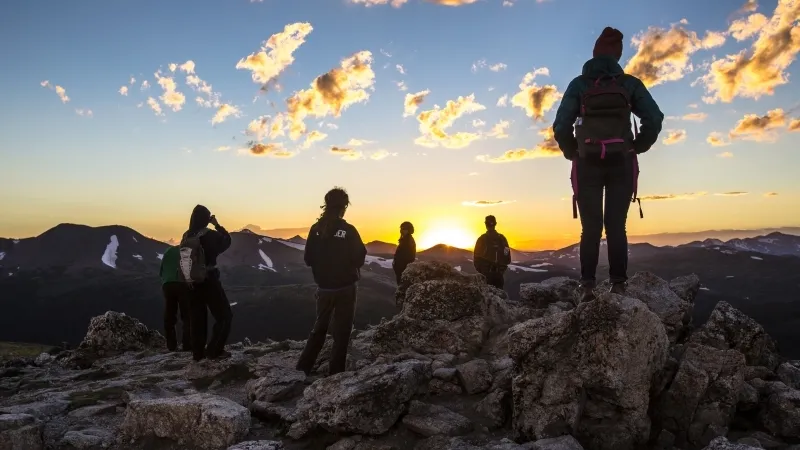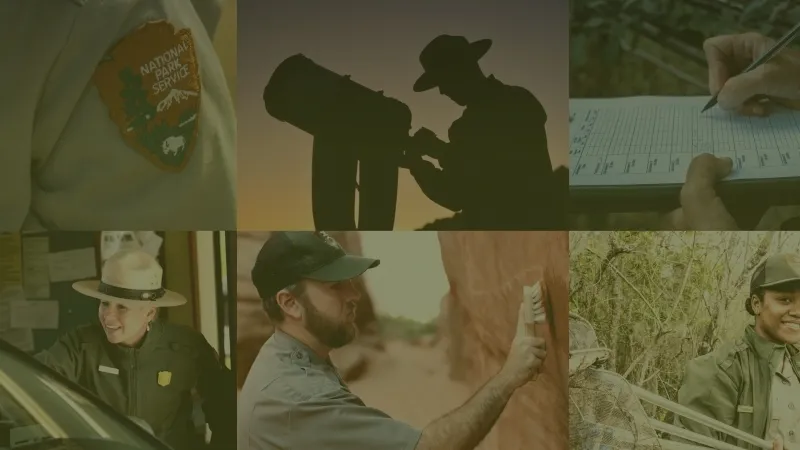Exploring Micro-Universes
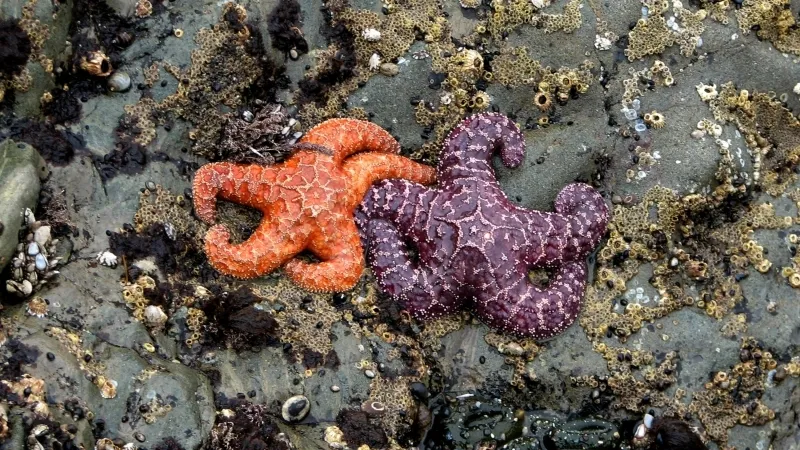
Tidepooling—exploring these intertidal zones—can be an extremely rewarding experience. It gives an opportunity to observe sea life up close in their natural habitat, needing only a rocky seashore, good shoes, and a patient and attentive eye.
The border between the land and the sea is not a distinct line, but a transition area—an intertidal zone. Tidepools are the pools trapped on a rocky seashore between high and low tides, forming mini habitats for numerous plants, invertebrates, and fish. This constantly changing environment has given rise to specially adapted and unique creatures that are often not found anywhere else. These plants and animals have evolved to withstand constantly changing, extreme conditions: changes in water temperature and salinity, strong currents, pounding surf, and exposure to sun and wind.
San Juan Island National Historical Park
Washington

About the Park
Washington's San Juan Island Historical Park is known for its vistas, saltwater shore, quiet woodlands, and orca whales.
A Haven in the Northwest
This ecologically diverse park on the northern coast of Washington not only protects a fascinatingly diverse history of 8,000 years of human habitation, it also conserves beautiful saltwater shores, peaceful woodlands, orca whales, and one of the last remaining native prairies in the Puget Sound. San Juan Island also houses tidepools along its borders, and anemones, tide pool sculpin, mussels, shore crabs, barnacles, and various seaweeds can be found at places such as Grandma’s Cove.
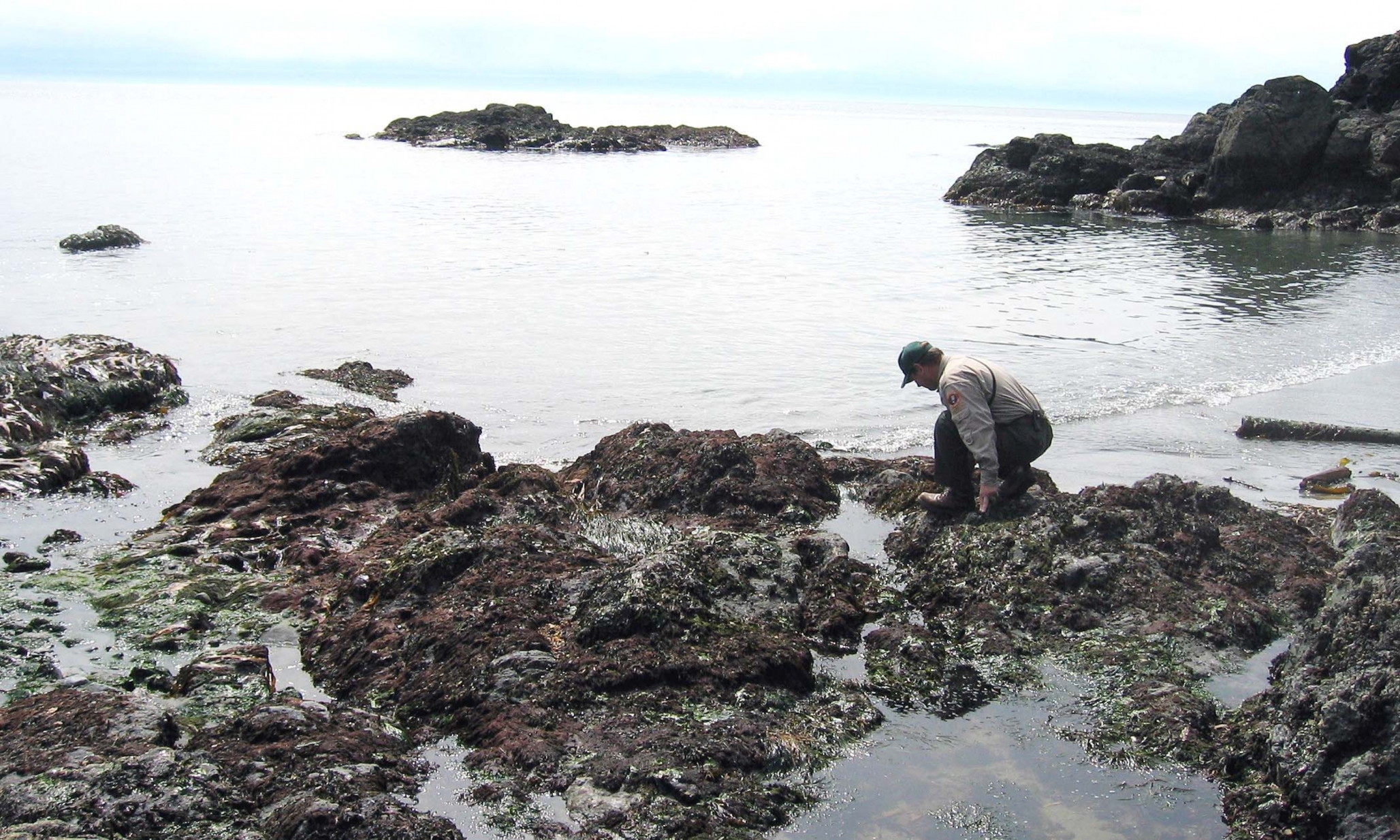
Olympic National Park
Washington
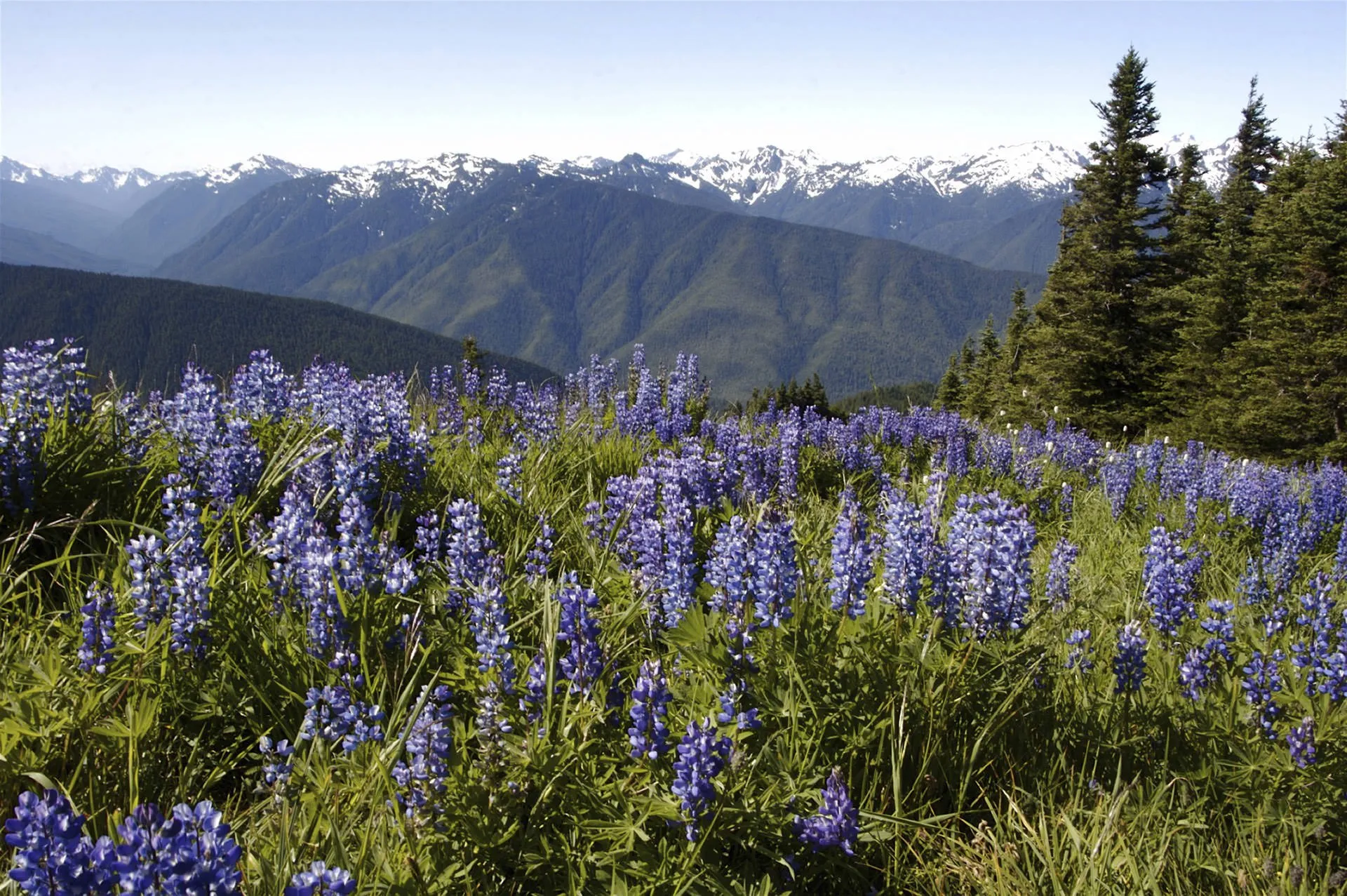
About the Park
Washington State's Olympic National Park protects vast wilderness, years of human history, and ecosystems like glacier-capped mountains and rainforests.
Things to Do
- Children’s Programs
- Hiking
- Historical
- Tours
- Arts & Culture
- Birdwatching
- Boating
- Camping
- Canoeing
- Climbing
- Cross-Country Skiing
- Fishing
- Fly Fishing
- Horseback Riding
- Kayaking
- Picnicking
- Skiing
- Stargazing
- Swimming
- Water Activities
- Wildlife Viewing
- Winter Sports
From Sea to Mountain
Olympic National Park in Washington encompasses several distinctly different ecosystems—from glacier-capped mountains to old-growth forests. This ecologically diverse park also protects 70 miles of wild coastline, providing ample possibilities for tidepoolers. There are ranger programs at both Kalaloch’s Beach 4 and Moras Hole in the Wall, or you can have a self-guided exploration at other wilderness locations such as Second Beach and Ruby Beach.

Cabrillo National Monument
California
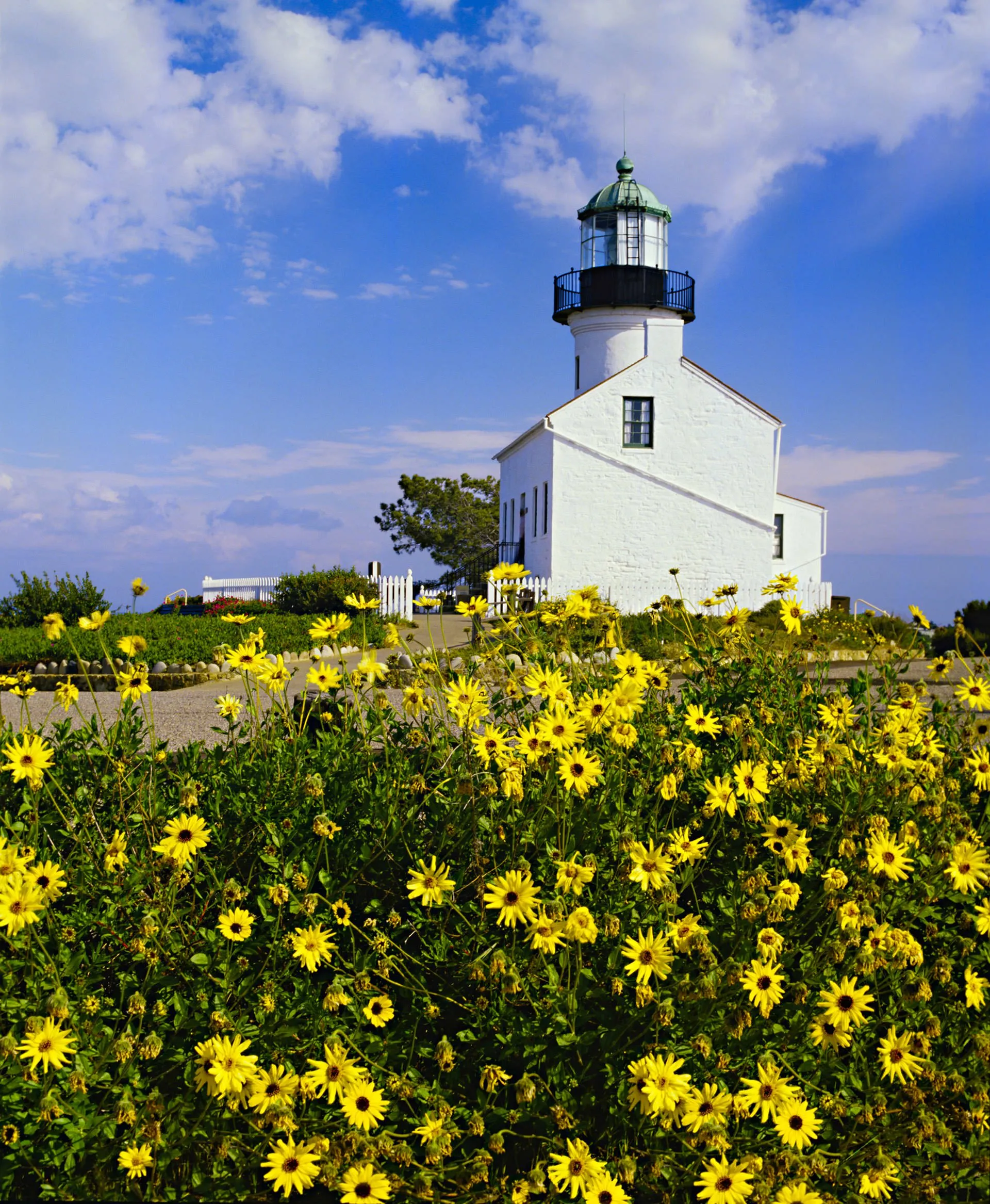
About the Park
Cabrillo National Monument offers a superb view of San Diego's harbor and skyline and includes Old Point Loma Lighthouse, a San Diego icon since 1854.
Things to Do
- Children’s Programs
- Hiking
- Historical
- Birdwatching
- Wildlife Viewing
- Shopping
Iconic Lighthouse of the West
Cabrillo National Monument in California is a place that tells a complex story of 16th century exploration, 19th century lighthouses, and even military history during World War II. It is also a place that provides one of the best-protected and easily accessible rocky intertidal zones in the area. At this rocky Southern California beach, late fall and winter are the best times to go tidepooling, since the best low tides occur during the day when the park is open. While you’re there, keep an eye out for periwinkle snails, lined shore crabs, acorn barnacles, California sea hares, crabs, octopuses, and so many other species.
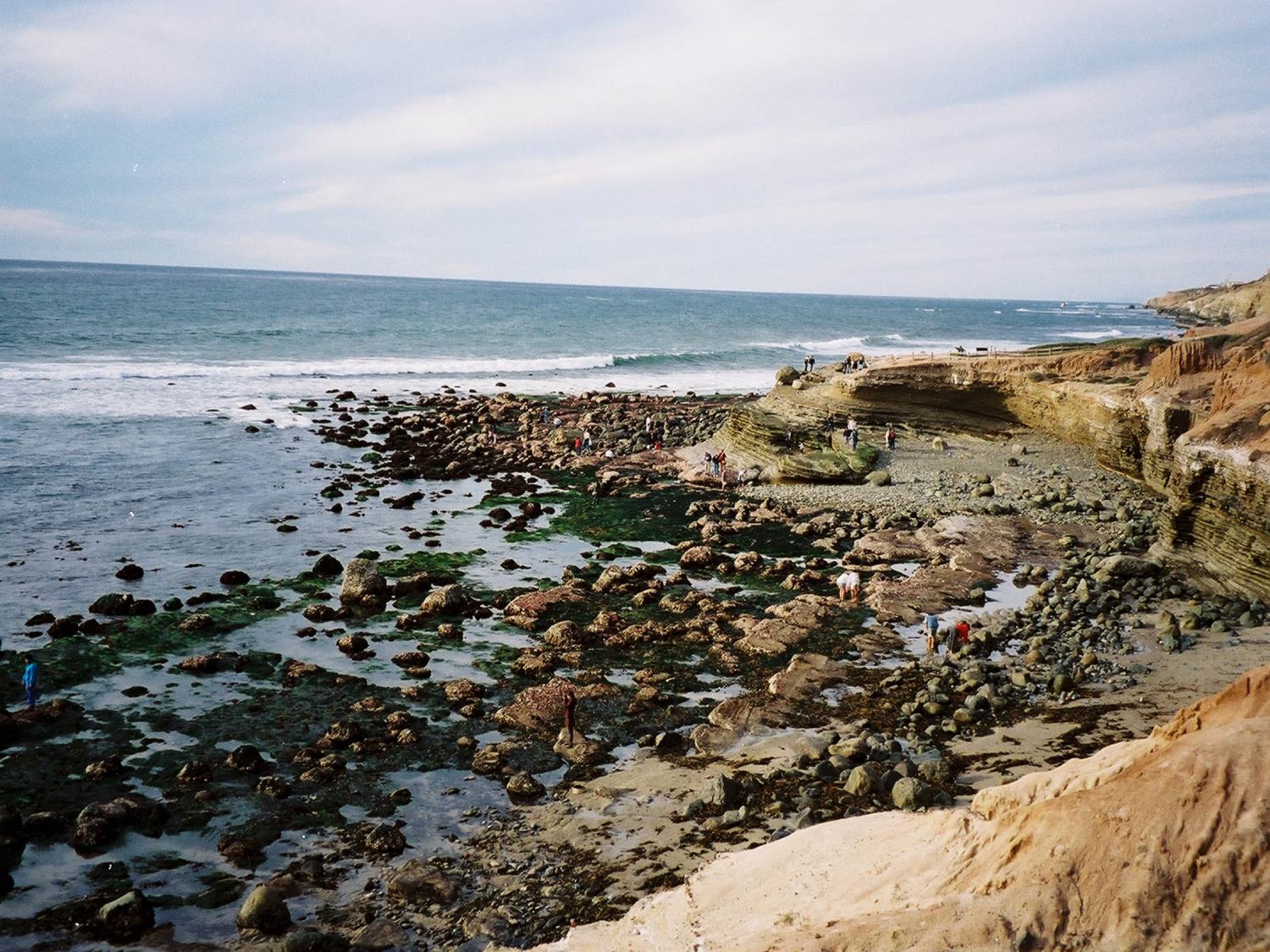
Acadia National Park
Maine
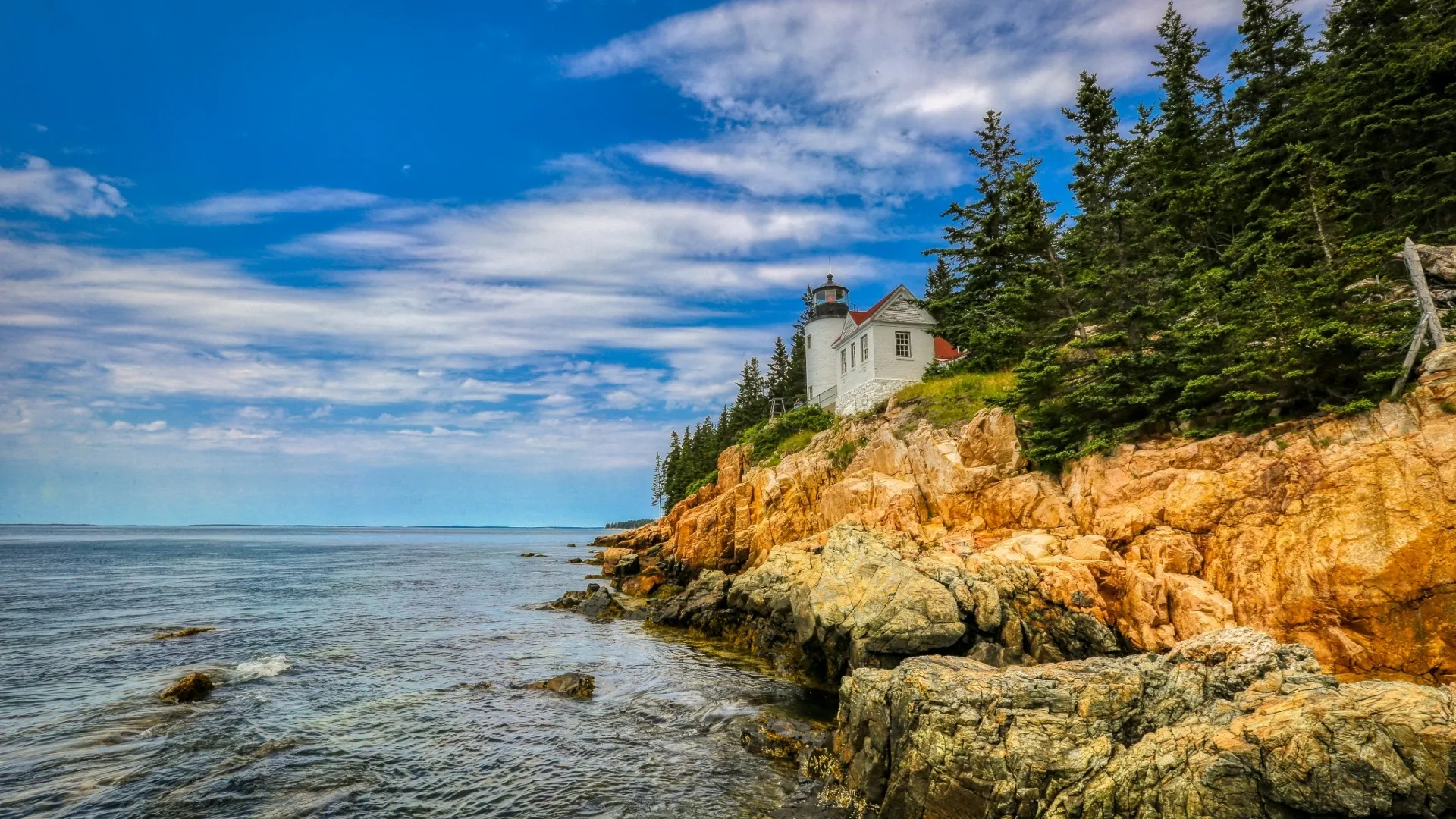
About the Park
Acadia National Park offers hiking, camping, breathtaking views of jagged coastlines, and rock climbing.
Things to Do
- Arts & Culture
- Biking
- Birdwatching
- Boating
- Camping
- Canoeing
- Children’s Programs
- Climbing
- Cross-Country Skiing
- Fishing
- Fly Fishing
- Geocaching
- Hiking
- Horseback Riding
- Kayaking
- Picnicking
- Skiing
- Stargazing
- Swimming
- Tours
- Water Activities
- Wildlife Viewing
- Winter Sports
New England Jewel
This northern New England coastal national park in Maine gives visitors opportunities to go on self-guided or ranger-guided tidepooling trips along the Bar Island Sand Bar and at Ship Harbor and Wonderland. Here, you can find sea urchins, starfish, periwinkles, and a variety of crabs, just to name a few. While you’re here, you can also take part in the park’s numerous other activities such as ranger-narrated boat cruises, bicycling, climbing, fishing, swimming, and so much more.
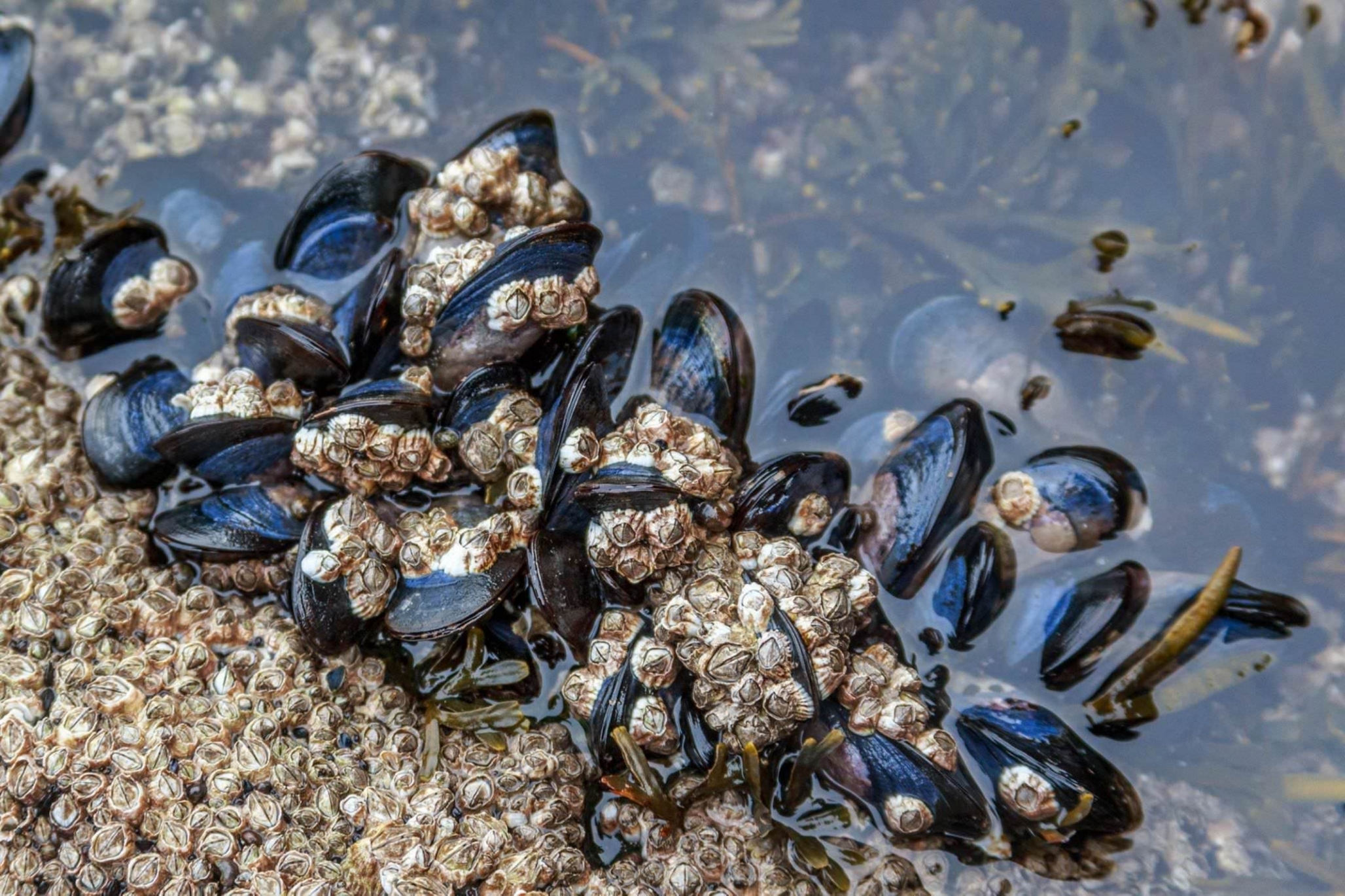
Point Reyes National Seashore
California
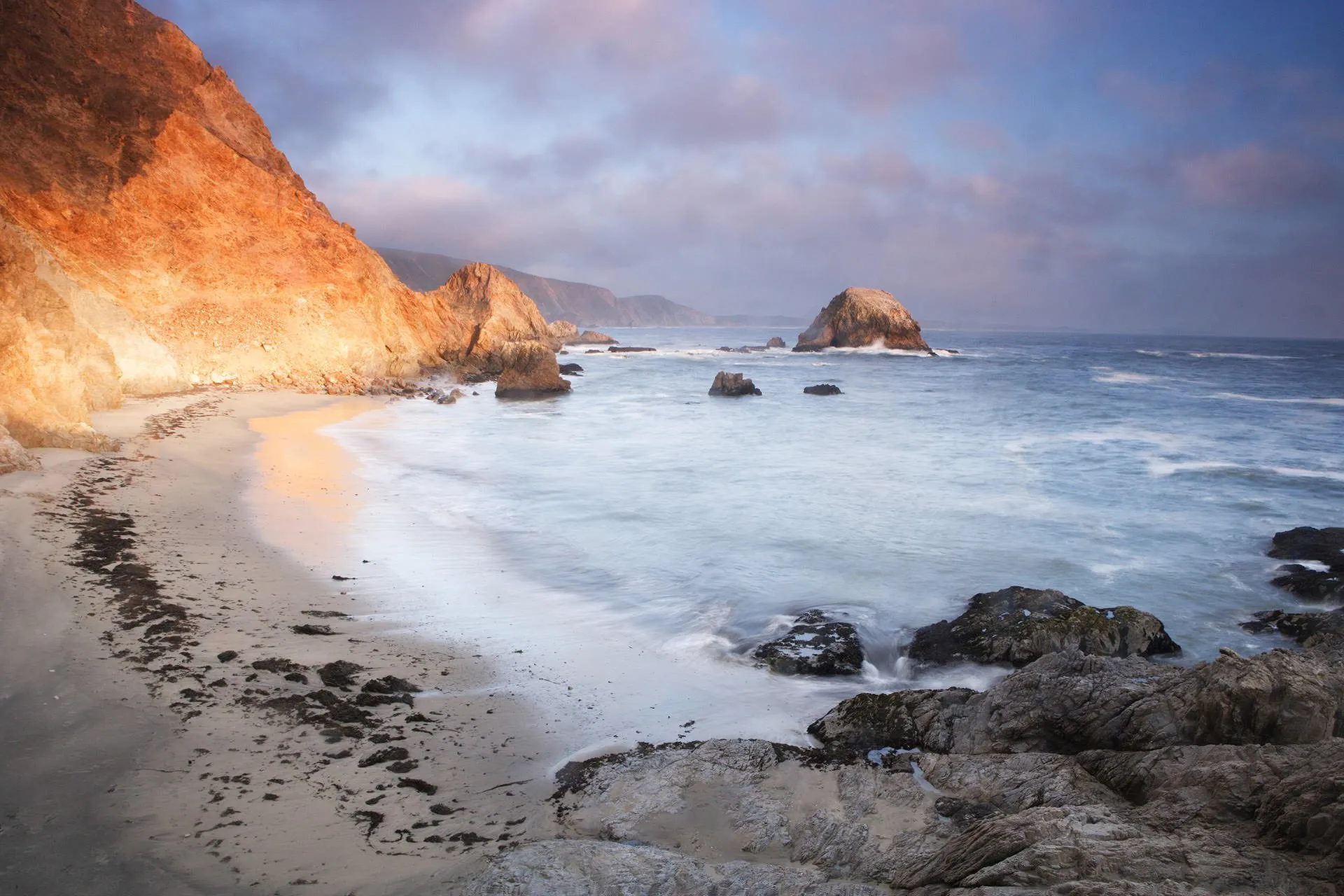
About the Park
California’s Point Reyes includes sand beaches, brush hillside, and forested ridges. The seashore offers hiking, events, and wildlife exploration programs.
Things to Do
- Children’s Programs
- Hiking
- Tours
- Biking
- Camping
- Fishing
- Horseback Riding
- Kayaking
- Wildlife Viewing
- Shopping
North of San Francisco
Preserving over 71,000 acres along the California coastline north of San Francisco, Point Reyes National Seashore protects a variety of ecosystems, plants, and animals. Aside from amazingly diverse animals that can be spotted—from large marine mammals such as the northern elephant seal and the California gray whale to the small Myrtle’s silverspot butterfly—it is also a great place to come into close contact with life in the tidepools. This park contains approximately 80 miles of shoreline, providing visitors ample opportunity to explore the intertidal zone. Here, you can spot hardy sea urchins and mussels, the colorful tendrils of an opened sea anemone, the bright colors of nudibranchs, and more.

Channel Islands National Park
California
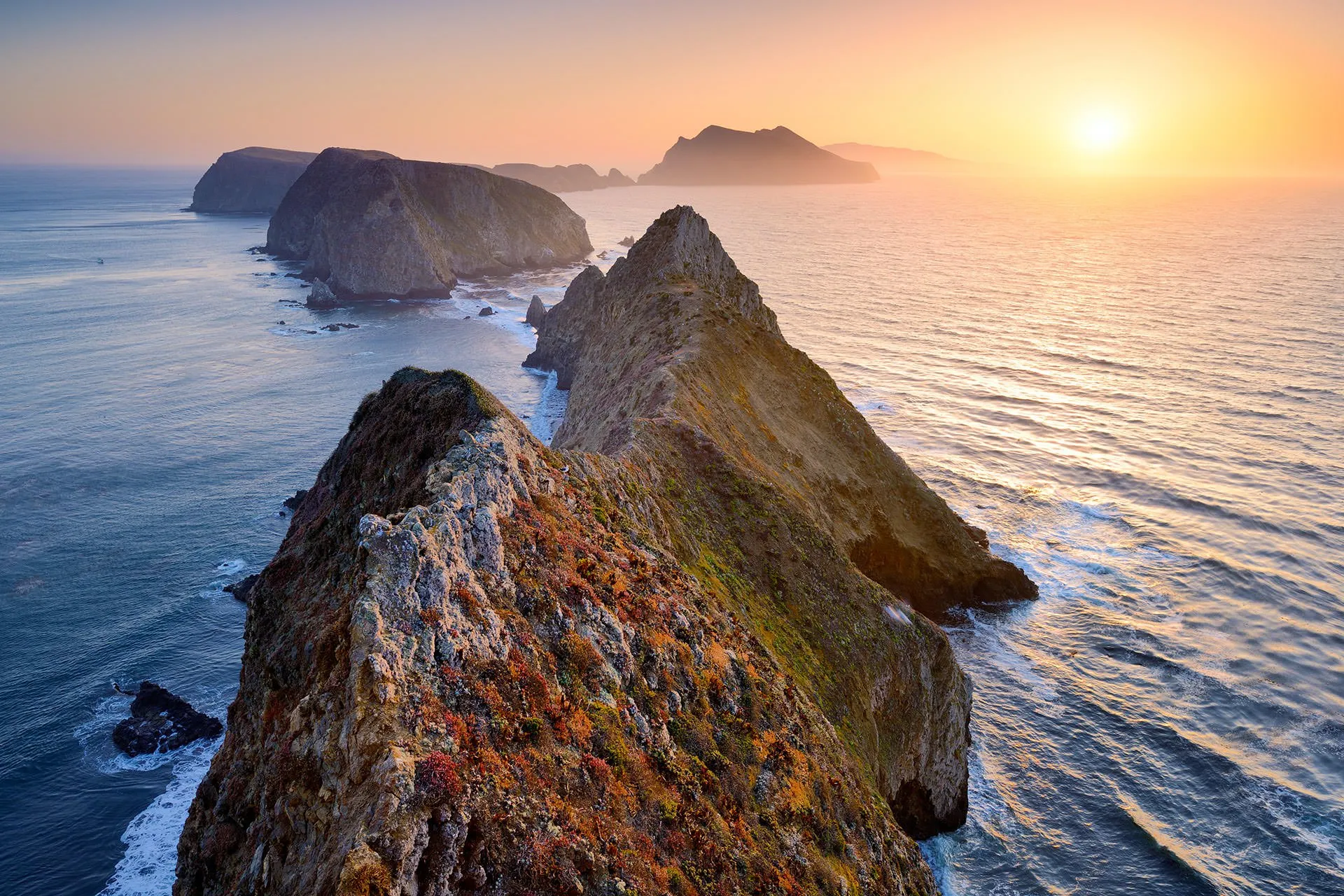
About the Park
Channel Islands has five islands (San Miguel, Santa Rosa, Santa Cruz, Anacapa, and Santa Barbara) off the coast of southern California, near Los Angeles.
Things to Do
- Birdwatching
- Boating
- Camping
- Children’s Programs
- Fishing
- Geocaching
- Hiking
- Historical
- Kayaking
- Picnicking
- Shopping
- Stargazing
- Swimming
- Tours
- Water Activities
- Wildlife Viewing
A World of Wonder
Off the southern coast of California, Channel Islands National Park not only gives visitors opportunities for numerous outdoor activities such as hiking, snorkeling, and kayaking, but also many chances to explore the microcosms of tidepool life. From Frechy’s Cove on Anacapa Island to Smuggler’s Cove on Santa Cruz Island to East Point on Santa Rosa Island, and so many other locations, the tidepools at the Channel Islands are home to anemones, sea stars, periwinkles, barnacles, and multitude of other beautiful intertidal creatures.

For a successful tidepooling trip, it is important to keep yourself safe and to preserve the marine plants and animals. Keep these tips in mind as you scramble the rocky coastlines of our national parks:
- Wear close-toed shoes that can get wet with good, gripping soles.
- Bundle up since the coast is often windy and cold.
- Never turn your back on the ocean—rogue waves can occur at any time.
- Do not sit or wade in the tidepools.
- Don’t collect anything! It’s unlawful, hurts or kills the animals, and nobody else will be able to enjoy them.
- If you move animals or rocks, return them to the same spot.
- Do not pry animals from the rocks; you may injure them in the process.
- Finally, check the tide charts for the location! The best times to visit tidepools are about two hours before low tide time until two hours after low tide time.


